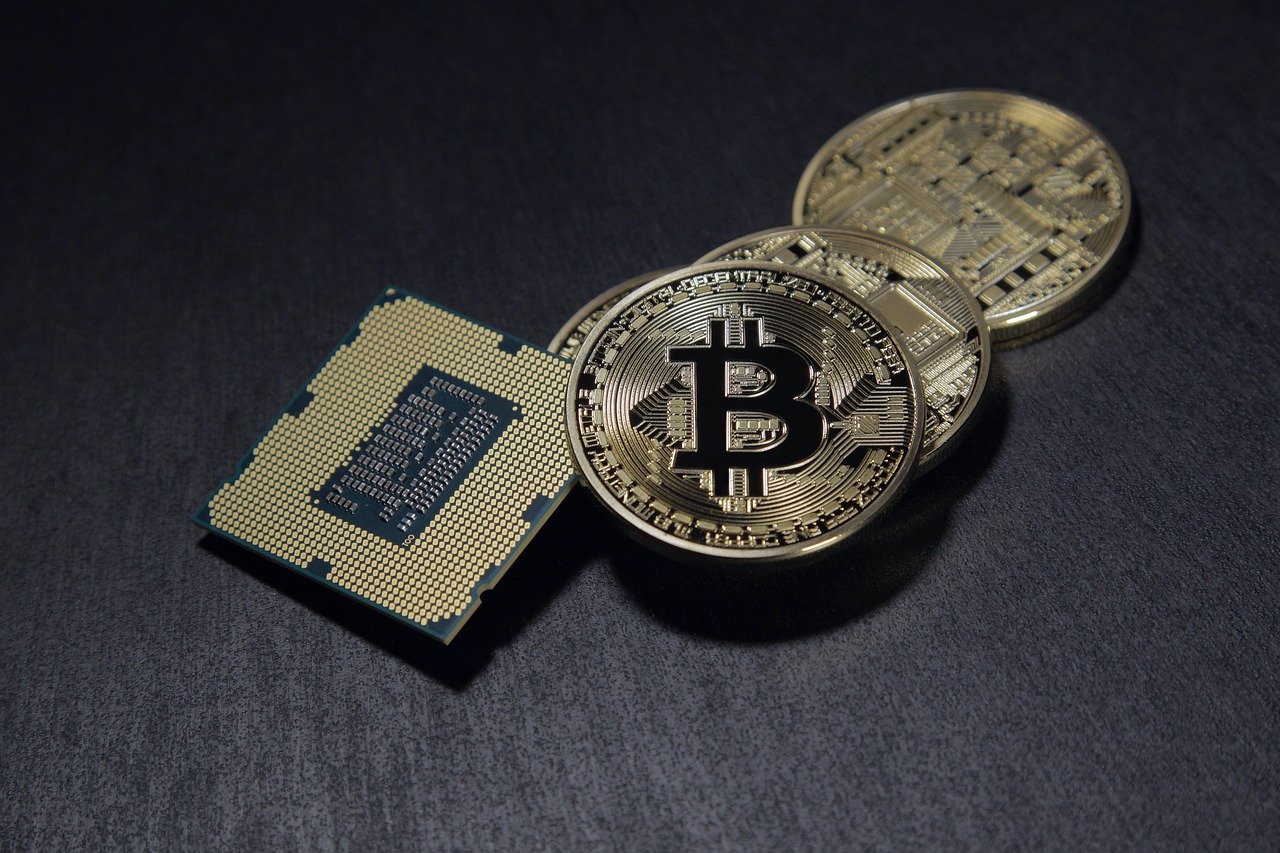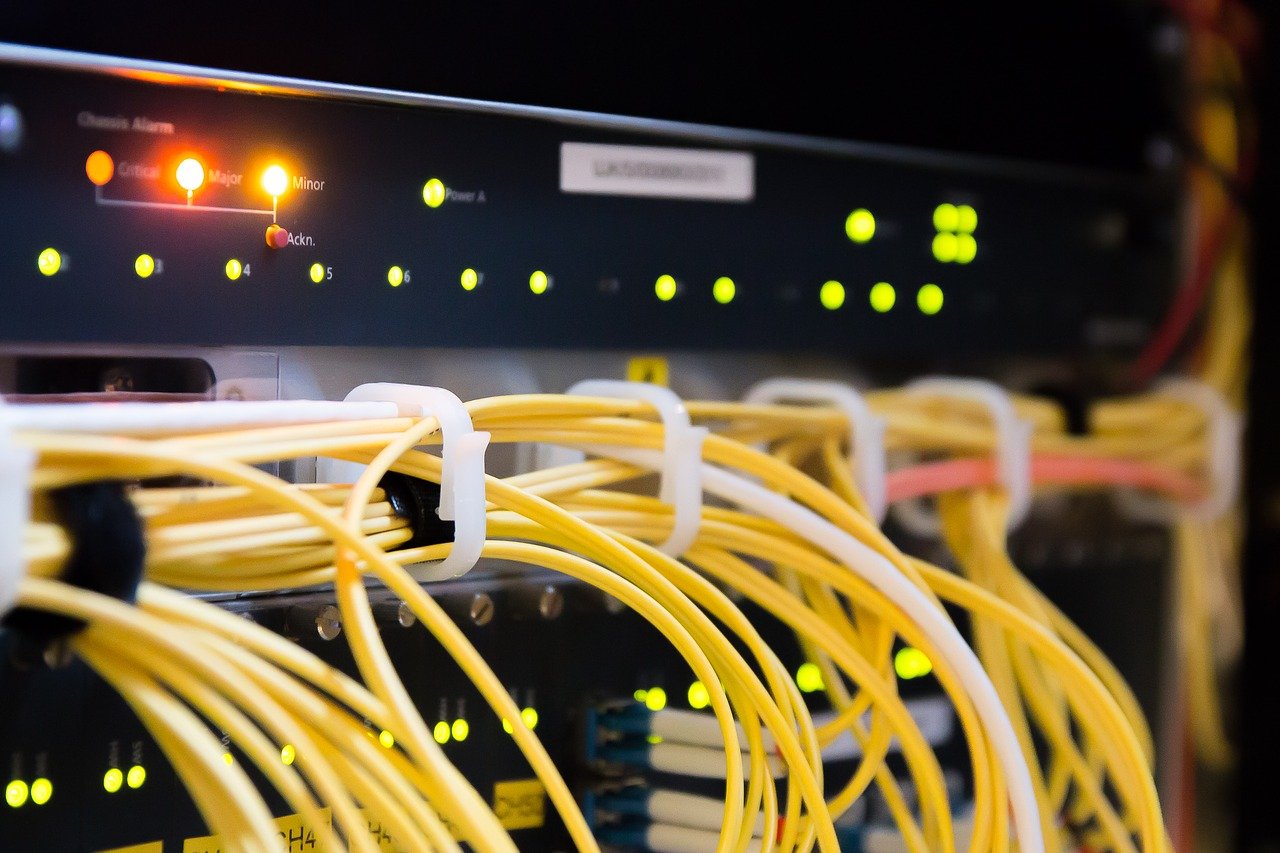
What Is Bitcoin Hashrate?
If you're interested in bitcoin mining, you're probably wondering what the hashrate is. This is an important question to ask when you're deciding whether to invest in mining or not. This article will help answer this question and provide an explanation of how the hash rate is determined. Ultimately, the hashrate is what determines how profitable a particular miner is. So, how much power does a Bitcoin miner need? Bitcoin hashrate refers to how many times a computer mines a block. It's important because it's a proxy for network health and the number of miners. When the hash rate rises,…








